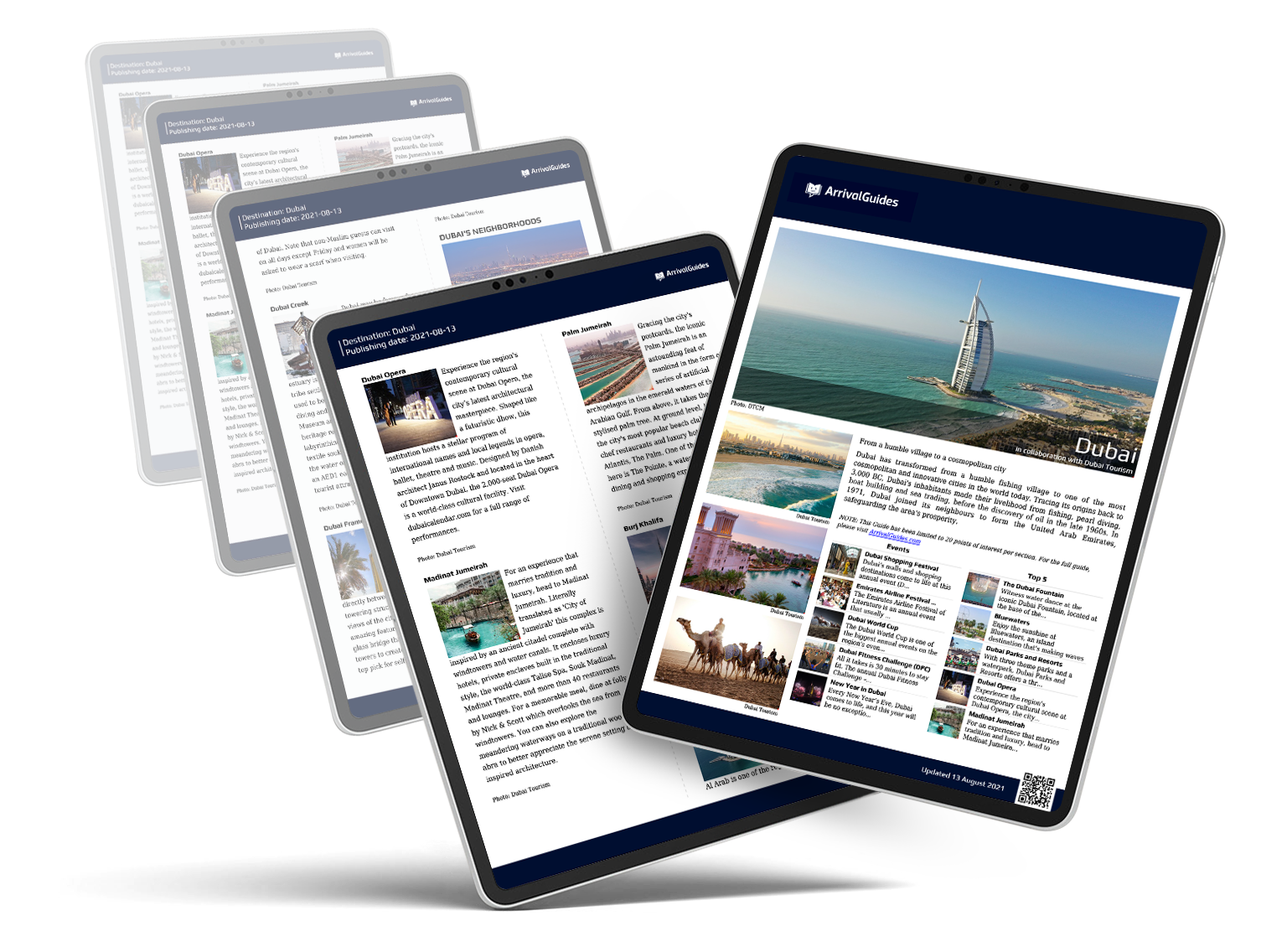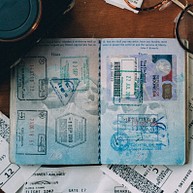
-
![pink envelopes and a flower]() Provided by: Diana Light/unsplash
Provided by: Diana Light/unsplash

Our travel guides are free to read and explore online. If you want to get your own copy, the full travel guide for this destination is available to you offline* to bring along anywhere or print for your trip.
*this will be downloaded as a PDF.Price
€4,95
Post
The guide was updated:In Barcelona, post offices (Correos) typically operate from 8:30am to 2:30pm, Monday to Friday, though some branches extend their hours and open on Saturday mornings. The main post office, Correos Central, located in the Plaça d’Antonio López near Via Laietana, offers longer opening hours, often from 8:30am to 8:30pm on weekdays. This central location makes it convenient for travellers.
Post offices in Barcelona provide a range of services, including sending letters and parcels domestically and internationally, purchasing stamps, and using express mail services like Correos Exprés. They also offer packaging materials and prepaid envelopes, currency exchange services, and bill payments. For quick and simple transactions, yellow mailboxes on the streets are available for posting letters.
Useful Information
- Address: Plaça d'Antonio López, Barcelona
- Opening hours: Mon–Fri 8:30am–8:30pm, Sat & Sun closed
- Website: www.correos.es/es/es/particulares
- Phone: +34 934 86 83 02
Digital Travel Guide Download
Our travel guides are free to read and explore online. If you want to get your own copy, the full travel guide for this destination is available to you offline* to bring along anywhere or print for your trip.
*this will be downloaded as a PDF.Price
€4,95

The best time to visit Barcelona is during the spring (April to June) or autumn (September to early November). The weather is pleasantly warm, typically ranging from 17°C to 25°C, perfect for exploring the city's attractions like the Sagrada Família and Park Güell or enjoying the beach without the summer crowds.
Spring ushers in the city's vibrant festival season, with highlights like La Feria de Abril de Catalunya, a lively Andalusian fair, and the Sant Jordi Festival in April, celebrating books and roses. In autumn, the La Mercè Festival in late September steals the spotlight with parades, concerts, and fireworks.
Read more

Josep Tarradellas Barcelona-El Prat Airport (BCN)
Josep Tarradellas Barcelona-El Prat Airport is situated approximately 14 kilometres southwest of Barcelona's city centre, a journey that typically takes around 30 minutes, depending on the chosen mode of transport and traffic conditions.
Travellers have several options to reach the city: The Aerobús provides a direct shuttle service from both Terminal 1 and Terminal 2 to central locations like Plaça Catalunya and Plaça Espanya, with departures every 5 to 20 minutes. Alternatively, the R2 Nord train line connects Terminal 2 to key city stations such as Barcelona-Sants and Passeig de Gràcia in about 20 minutes. For those preferring underground travel, Metro Line L9 Sud serves both terminals, though reaching central areas requires transfers and may take up to 50 minutes. Public buses, including Line 46, offer economical routes to the city, albeit with longer travel times.
Taxis are readily available at designated ranks outside the arrival areas of each terminal. Additionally, ride-hailing services like Uber operate at the airport, with pick-up points in specified parking areas.
Read more

Girona-Costa Brava Airport (GRO)
Girona–Costa Brava Airport is located approximately 90 kilometres northeast of Barcelona, translating to a journey of about 1 hour by car. Travellers can reach Barcelona via a direct bus service operated by Sagalés, which departs from the airport and arrives at Barcelona's Estació d'Autobusos Nord in approximately 75 minutes. Buses run every three to four hours, with schedules coordinated with flight arrivals. Alternatively, taxis are available at the airport, though this option is more costly. Car hire services are also available for those preferring to drive themselves.
Read more

Passport/Visa
Citizens of European Union (EU) and European Economic Area (EEA) countries do not need a visa to enter Spain, while many other countries, including the United Kingdom, United States, Canada, Australia, and New Zealand, benefit from visa-free entry for short stays of up to 90 days within a 180-day period.
Visitors from visa-exempt countries must hold a valid passport and, starting in 2025, will need to apply for an ETIAS (European Travel Information and Authorisation System) authorisation online before travelling.
For those requiring a visa, such as travellers from some African or Asian nations, a Schengen visa must be obtained prior to arrival. All travellers should ensure their passport is valid for at least three months beyond their intended stay.
Read more

Public Transport
Public transport in Barcelona is extensive, efficient, and one of the best ways for tourists to explore the city. The network includes buses, trams, and the subway (known locally as the Metro), all operated by Transports Metropolitans de Barcelona (TMB). The Metro is particularly useful for quickly getting around key areas of the city, including popular attractions, while buses cover areas the Metro doesn't reach. Trams are an excellent option for travelling along the waterfront and some suburban areas.
For tourists, the T10 ticket is a convenient and cost-effective option, offering ten single journeys on the Metro, buses, and trams. Additionally, the Barcelona Card provides unlimited travel on public transport, including discounts on various attractions, making it ideal for longer stays or those planning to visit several sites.
For information on fares, routes, and timetables, visit the TMB's official website.
Read more

Frequently Asked Questions about Barcelona (FAQs)
- Is Barcelona a safe city?
Yes. Although Barcelona is a big city – the second-largest in Spain and a top tourist destination in the country – it is still considered a fairly safe place for tourists. However, as with most popular tourist destinations, such as Paris, pickpockets and bag thieves are the biggest concerns here. So be careful when walking around and taking pictures near major tourist attractions, such as La Rambla, Plaça Catalunya, and La Sagrada Familia.
- What is Barcelona famous for?
Barcelona is famous for its remarkable architecture, gold-sand beaches, vibrant nightlife, world-class cuisine, and, of course, its local football team, commonly known as Barça.
- Is Barcelona expensive?
Yes, Barcelona is quite expensive to visit but still more affordable when compared to other European destinations, such as Paris, London, and Rome.
- How many days do you need for Barcelona?
First-time travellers should try and plan around 4-5 days – enough time to visit the city's main attractions, explore its characterful neighbourhoods and still have time to kick back and relax at the beach.
Read more

Taxi
Taxis in Barcelona are easy to find and can be hailed on the street or picked up at designated taxi ranks throughout the city. The iconic yellow and black taxis are a familiar sight and are equipped with a meter, so fares are regulated. In addition to traditional taxis, ride-sharing apps like Cabify, Bolt, and Uber operate in the city, offering a convenient alternative to taxis.
Read more

Post
In Barcelona, post offices (Correos) typically operate from 8:30am to 2:30pm, Monday to Friday, though some branches extend their hours and open on Saturday mornings. The main post office, Correos Central, located in the Plaça d’Antonio López near Via Laietana, offers longer opening hours, often from 8:30am to 8:30pm on weekdays. This central location makes it convenient for travellers.
Post offices in Barcelona provide a range of services, including sending letters and parcels domestically and internationally, purchasing stamps, and using express mail services like Correos Exprés. They also offer packaging materials and prepaid envelopes, currency exchange services, and bill payments. For quick and simple transactions, yellow mailboxes on the streets are available for posting letters.
Read more

Pharmacy
In Barcelona, the pharmacy landscape is predominantly composed of independent establishments rather than large chains. Notable pharmacies include Farmacia Central, located on Via Laietana, near the Gothic Quarter; Farmàcia La Pedrera, situated opposite Gaudí's Casa Milà; and Farmacia Torres which offers round-the-clock service and is conveniently located a short walk from Plaça Catalunya.
Read more

Telephone
Country code: +34
Area code: 93
Read more

Electricity
Barcelona's electrical system operates at 230 volts with a frequency of 50 Hz, using Type C (Europlug) and Type F (Schuko plug) outlets, both featuring two round prongs common across Europe.
Read more


